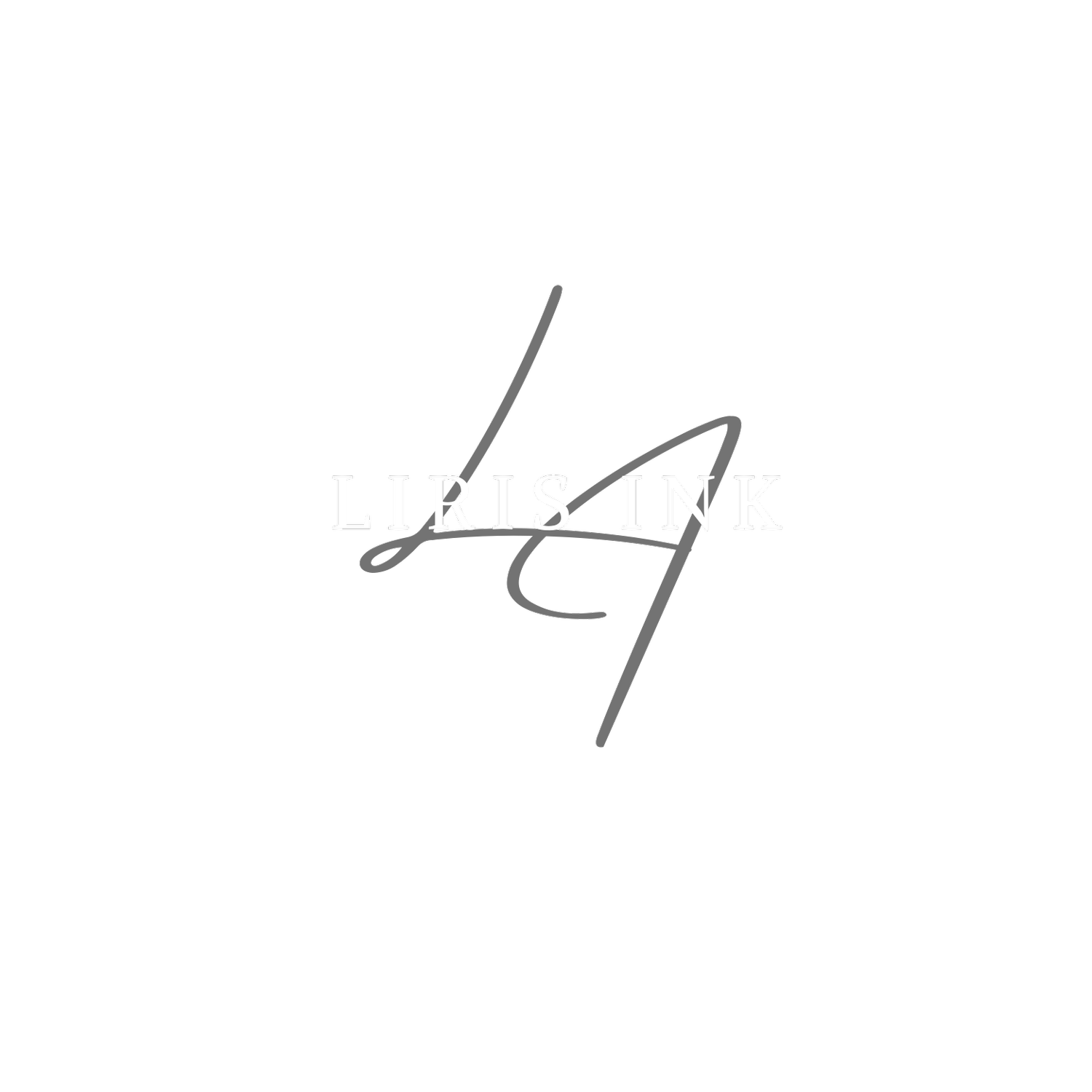The first 24 Hours
If you are using cling film or a band aid (large white protective cover usually used with medium and big tattoos) - leave it on for 3-4 hours after getting the tattoo. When you are in a clean environment, like your home, remove it and wash your tattoo carefully. Let your tattoo completely dry for 24 hours. Then begin with the following aftercare procedures.
If you are using specialized second skin - keep it on for 24 hours to 3 days. Plasma is visible for the first 24-hour period between your skin and the second skin (and sometimes longer), your tattoo will weep bodily fluid. This fluid is a combination of excess ink that your skin didn't take, blood, plasma, and lymph fluid. So if the tattoo appears dirty inside the protection it is normal. Carefully remove it during a shower. Then begin with the following aftercare procedures.
IMPORTANT:
Wash your hands thoroughly before touching your tattoo. You should treat it like an open wound for the first two days, susceptible to all sorts of germs and bacteria, so you should always practice good hygiene.
Use cold to lukewarm water when washing your tattoo. Hot water could potentially harm the tattooed area.
Use only your hands to wash your tattoo. Towels, washcloths, or loofahs are too harsh and will exfoliate your raw skin. Do not scrub.
If you are going to dry your tattoo, make sure you use kitchen towel paper.
Use one balm for one tattoo, so there won't be cross infection between different tattoos.
HELP YOUR TATTOO HEAL WITH THESE TIPS
Plasma that oozes from your new tattoo is what causes wounds to scab. Gently pat away wet plasma to keep it from forming big scabs that could dry out and crack.
Use cold to lukewarm water to wash your tattoo. Water that is too hot can open up your pores and cause ink to leach out.
Use old clean bed sheets that you don’t care about the first few nights after getting your tattoo. Your new tattoo will probably leak blood and ink, and stain your sheets.
Make sure your tattoo is completely dry before you apply ointment. If not, it could trap moisture between your skin and the ointment, causing scabs to swell or become gooey.
If your tattoo is really itchy, you can apply a cold compress. It’ll take away the itchiness immediately, without having to scratch. This should only be done after your skin’s top layer has completely healed.
Drink LOTS of water. Your tattoo only looks as good as your skin. The more you hydrate, the better, and more vivid your tattoo will look.
Do NOT listen to the advice of friends or family. A lot of people might say they know ways to quicken your tattoo’s healing process, but always stick to your artist’s instructions.
WHAT NOT TO DO AFTER GETTING A TATTOO
There are many ways that tattoo healing can go wrong, and it could result in an infection or even a ruined tattoo.
You should avoid the following to maintain a healthy, fabulous-looking tattoo:
Do NOT...
Scratch, peel, pick, rub your tattoo
Let your tattooed skin dry out after the completed 24 hours
Soak in a hot tub or go swimming
Expose your tattoo to the sun for the first 2-3 weeks
Wear tight clothing over your new tattoo, like bra straps or waistbands
Exercise the first few days
Shave on or near your new tattoo
Wait to see a doctor. If your tattoo feels or looks infected, see a doctor ASAP
Don’t apply perfume, sunscreen or deodorant on or near your new tattoo
YOUR TATTOO MIGHT BE SWOLLEN
When you first remove the bandage your tattoo artist put on, you should expect your new tattoo to look swollen, red, bloody, and sometimes bruised.
These are normal, temporary, bodily reactions to trauma, so don’t worry!
Tattoo machines pierce the skin up to 3,000 times per minute, so yes, a little bit of blood and swelling should be expected.
EXPECT THE AREA TO GET A BIT MESSY
Your new tattoo will ooze all sorts of fluids the first few days including blood, clear plasma, lymphatic fluid, and ink. These are signs your body recognizes the trauma, and is sending cells to repair it.
Your tattoo might not look so great the first few days, but you’ll have to trust the process.
EXPECT SCABBING AND ITCHING
Expect scabbing, itching, and flaking. Scabs are a protective layer that covers a wound on your skin, aka, the tattoo. It keeps out debris, bacteria, and germs.
If scabs are forming, that’s a sign that your tattoo is healing properly and your body is doing what it can to repair itself.
The downside to this protective layer is that it may itch a bit, but this should only last a few days.
YOU MIGHT FEEL UNDER-THE-WEATHER
Your body may feel under-the-weather for a couple days, especially if you got a bigger tattoo. You might even feel like you’ve got a cold, which is surprisingly normal.
The stress that you’ve put your body through can affect your immune system, and increase your chances of getting sick, but in a few days you should be feeling good as new!
Keep in mind, the more often you get tattooed, the easier the process will be.
STAGES OF TATTOO HEALING
Everyone’s healing process looks a little different, depending on their age, hygiene, and tattoo placement.
Some places like your ribcage, where there isn’t a lot of fat or muscle, might take longer to heal than say, a bicep. Either way, everyone goes through similar healing processes.
Staying committed to your tattoo aftercare is essential for maintaining a healthy, spectacular-looking tattoo.
Follow this step-by-step guide and tips, and you’ll be healed and showing off your fresh ink in no time!
